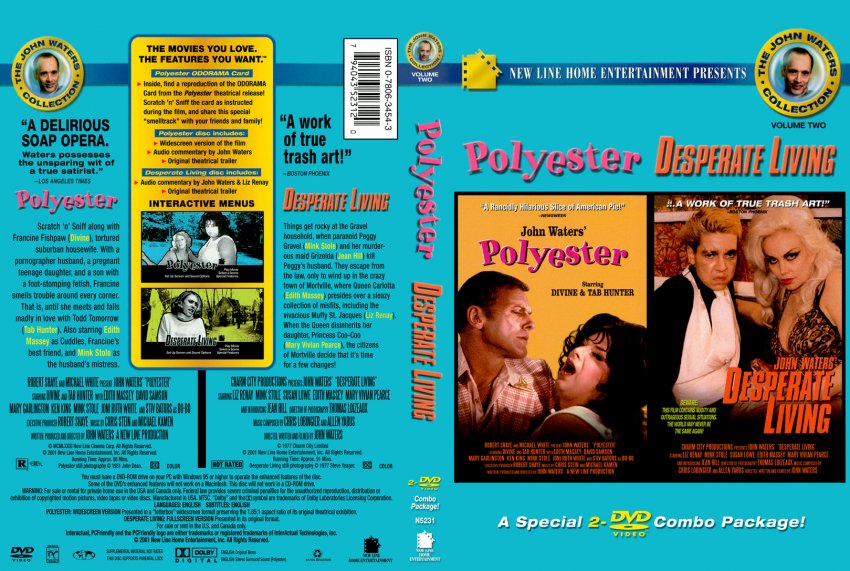



They became that later.John Waters is a master of paradox, bridging the divide between seeming opposition with love, wit, and nerve. “I never bought them late in their career, they were never blue-chip artists. “I collected a lot of them really early,” he said. Looking back at his collecting of other artists, Mr. Waters are artist’s proofs from editions of photographs, including “Study Art ” (2007), depicting an art school sign.Īnother piece, “Faux Video Room” (2006), is an installation comprising an audio track and a curtain with nothing behind it, a joke on the cordoned-off spaces that galleries and museums use for showing video works. His gift also includes 86 pieces by his own hand, making the Baltimore museum the largest repository of his work he had a show there in 2018. “I thought he was funny, and I loved the art because it’s about Catholic guilt, and it’s about pitifulness,” Mr. Waters’s favorite artists, and there are 10 works by him in the bequest. It’s meant to be the lair of a mad bomber, strewn with paraphernalia resembling in-progress explosive devices. Waters showed his “bomb room” - a full-room installation by Gregory Green called “Work Table #7” (1998).

Waters gave me a FaceTime tour of his four-story Baltimore home, where many of the works intended for the museum are packed tightly into a fairly traditional setting with dark wood trim. “They thought I was kidding.”Ī day after our video call - and the day the museum reversed its plan to sell the three works - Mr. A rotunda will be named after him, in classic donor-rewarding style, complete with a plaque, but so will two bathrooms. Waters’s role as patron does include a signature tongue-in-cheek move. His second major purchase was a print of Andy Warhol’s “Jackie,” bought when he was in high school for $100, that still hangs in his dining room. “The kids saw it and they said, ‘Ugh, that’s disgusting,’” Mr. “I want the works to go to the museum that first gave me the test of rebellion of art when I was 10 years old,” he said.Īt 12, he bought a Miró poster from the museum’s shop, depicting a painting in the collection he still has the poster.


 0 kommentar(er)
0 kommentar(er)
